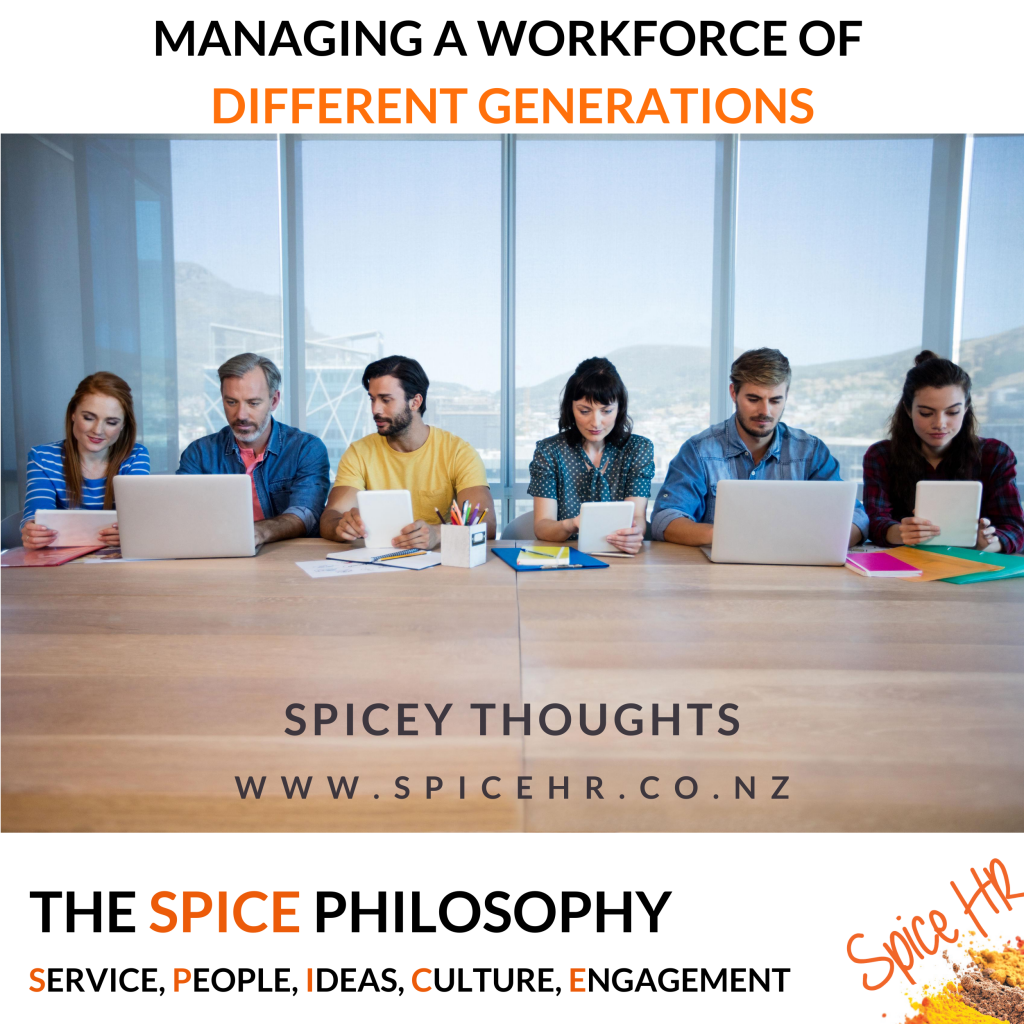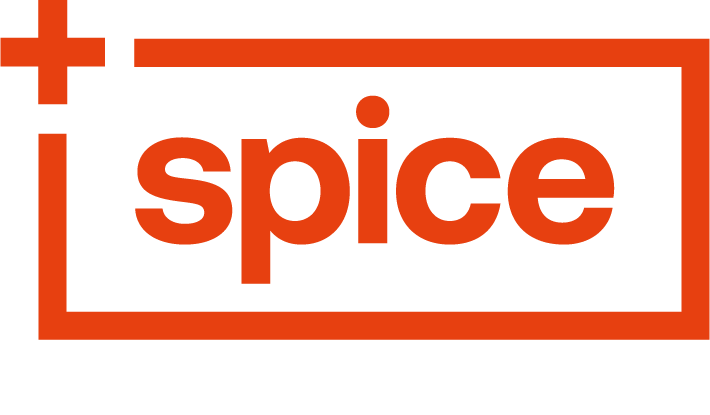
Managing A Workforce of Different Generations
Variety is the spice of life, right? Well, today’s workforce is certainly full of variety! It is a diverse makeup full of different generations. You have Baby Boomers, Gen X, Gen Z, Millennials (also known as Gen Y), and maybe a few from the “silent generation.”
So, what does that all mean when it comes to a combined workforce?
People from each generation tend to have different values and expectations in the workplace, so it’s essential to customise your management style and benefits to meet each one.
Here’s an overview of how to approach a multi-generational workforce.
Talkin’ ’bout My Generation
We’re not big fans of labels, but just so we’re on the same page, let’s clarify the generations you might see in your organisation.
- The Silent Generation (aka Traditionalists) – born between the late 1920s and 1945
This generation was formed well before the computer age hit. However, many are still very capable of using digital tools, but may prefer personal interactions. They value fair pay, recognition and the chance to share their expertise.
- Baby Boomers – 1946 – 1964
The Boomers are a very goal-focused generation and hold a reputation for working hard. They value job security and a more structured environment.
- Generation X – 1965 – 1979
A generation that is completely up to date with tech, but are not shy about face-to-face communication. They value autonomy and a good work/life balance.
- Generation Y (Millennials) – 1980 – 1996
The consummate internet babies who are all over every technological gadget to hit the shelves. They value skills development and a deeper purpose.
- Generation Z – Born in 1997 or later
Known as the tech native, social media generation, they have lived in a technology based world since their birth. They value flexibility and social responsibility.
So, now that we know about the different generations, what does this mean for your workforce and management styles?
Use Reverse Mentoring
Cross-generational mentoring is a great way to quickly stamp out any age biases and maximise various experience levels in your team. Both young and old can learn a lot from each other! Avoid always placing similar age groups together.
Instead, pair up people from different generations and get the knowledge flowing both ways. You will be amazed by the diverse solutions that appear when combining the thinking of multiple generations.
Get Everyone Engaged
While every generation is known by different characteristics, they are not always out of sync in every instance. What every generation has in common is their need to feel involved in their work. Ensure you find a way to motivate all employees (outside of the pay cheque) by finding common ground for them to buy into.
Work on Your Flexibility
No, we are not talking about yoga – though if that fits your workplace, it’s not a bad idea to bring people together!
You shouldn’t expect every team member to be satisfied with the same hours of work, the same work environment, or the same tasks. Experiment with the different strengths to find the ideal balance for your organisation.
Recognition and Benefits
Not everyone wants ten-year job security and a retirement plan, although some might. Gen Zers might be looking for support with further training or help to pay back student loans, while Millennials could prefer daycare services or parental leave.
Again, each individual is different: the point is to offer a range of benefits and perks to suit different lifestyles and needs.
Avoid Stereotypes!
Now that we’ve gone and put everyone in their box, it’s time to say – don’t judge people by the boxes you put them in! It goes without saying that every individual is different. Regardless of their age and background, they have essential skills, needs, goals, and dreams that may be vastly different from their peers.
However, it can also be useful and enlightening to acknowledge and learn from age-based differences in the workplace.
Understanding Your Team Dynamic
Getting to know each employee individually is your most important task as an effective leader. So use your newfound knowledge of generations alongside your insight into each employee, and you will be on the right track.
Another way to gain a greater understanding of your workforce is to use DISC Profiling. This is a psychometric assessment tool that can help with the personal growth, team building and leadership potential of your employees.
Here at Spice HR, we are certified practitioners of the Extended DISC Profiling system and can help you gain greater insight into the different personalities present in your team. Get in touch with us today to find out more about how this useful tool can help your business.
